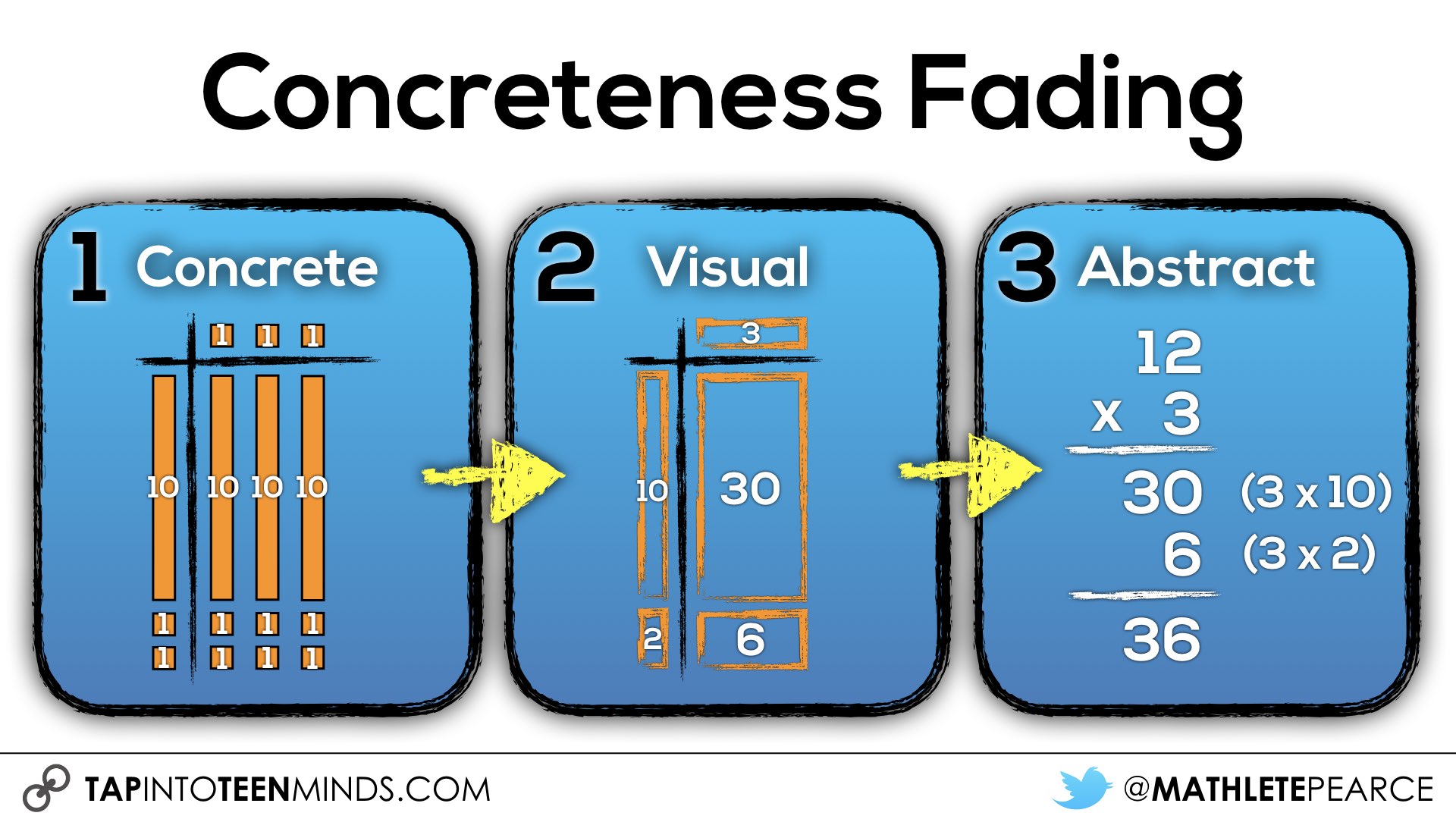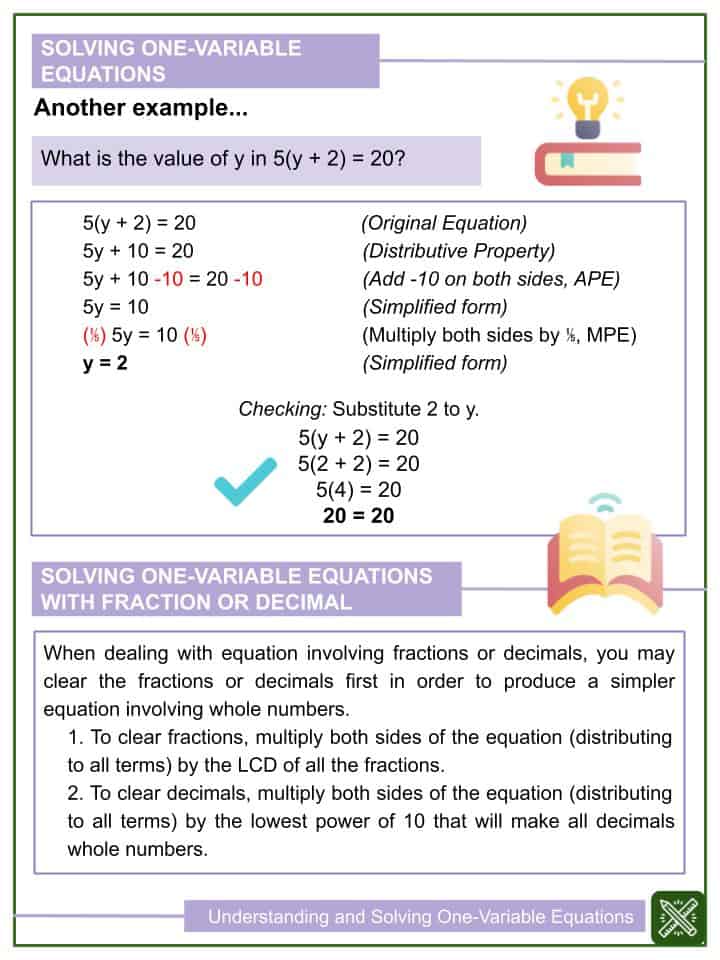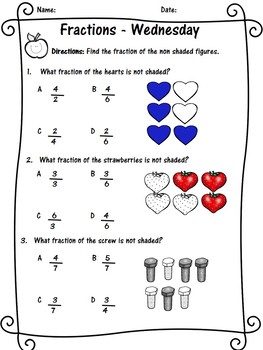
With the constant references to high achieving Asian-style Maths from East Asian countries including Singapore and Shanghai (and the much publicised Shanghai Teacher Exchange Programme), a teacher could be forgiven for believing ‘teaching for mastery’ to be something which was imported directly from these countries. Prior to 2015, the term ‘mastery’ was rarely used. This is no surprise, with ‘mastery’ being the Government’s flagship policy for improving mathematics and with millions of pounds being injected into the Teaching for Mastery programme a programme involving thousands of schools across the country. Origins of Concrete Pictorial Abstract ApproachĪnyone working in primary mathematics education can’t fail to have noticed that the word ‘maths’ is rarely heard these days without a mention of the term ‘mastery’ alongside it. Building these steps across a lesson can help pupils better understand the relationship between numbers and the real world, and therefore helps secure their understanding of the mathematical concept they are learning. Then they are asked to solve problems where they only have the abstract i.e. When they are comfortable solving problems with physical aids, they are given problems with pictures – usually pictorial representations of the concrete objects they were using. Pupils are introduced to a new mathematical concept through the use of concrete resources (e.g. The Concrete Pictorial Abstract (CPA) approach is a system of learning that uses physical and visual aids to build a child’s understanding of abstract topics. The CPA approach illustrated by one of our Third Space Learning resources What is the Concrete Pictorial Abstract in Maths? The maths curriculum is far too broad to cover in one blog, so the focus here will be on specifically how the CPA approach can be used to support the teaching and learning of the four written calculation methods. Also students use this strategy when working with new concepts such as equivalent fractions or the basic operations of multiplication and division.The Concrete Pictorial Abstract approach is now an essential tool in teaching maths at KS1 and KS2, so here we explain what it is, why its use is so widespread, what misconceptions there may be around using concrete resources throughout a child’s primary maths education, and how best to use the CPA approach yourself in your KS1 and KS2 maths lessons. Most often, students use the draw a picture strategy to solve problems involving space or organization, but it can be applied to almost all math problems. 16 feet by 5 feetġ post every 4 feet, including 1 at each corner This may require students reading the problem several times or putting the problem into their own words. This involves finding the key pieces of information needed to figure out the answer.

How many posts will she need?ĭemonstrate that the first step to solving the problem is understanding it. Each 4-foot section of tent needs a post except the sides that are 5 feet. For example: Marah is putting up a tent for a family reunion. Introduce a problem to students that will require them to draw a picture to solve. Most students will naturally draw pictures if given the slightest encouragement. Promote and reinforce the strategy at all subsequent stages.

How Can You Make It Happen?Įncourage students to draw pictures of problems at the very beginning of their mathematical education. Pictures and diagrams are also good ways of describing solutions to problems therefore they are an important part of mathematical communication. By representing units of measurement and other objects visually, students can begin to think about the problem mathematically. It is an intermediate step between language-as-text and the symbolic language of mathematics.


On what day will he reach the top of the well and escape? Why Is It Important?ĭrawing a diagram or other type of visual representation is often a good starting point for solving all kinds of word problems. For example, the following problem could be solved by drawing a picture: A frog is at the bottom of a 10-meter well. The draw a picture strategy is a problem-solving technique in which students make a visual representation of the problem. Of 2 Problem Solving: Draw a Picture What Is It?


 0 kommentar(er)
0 kommentar(er)
